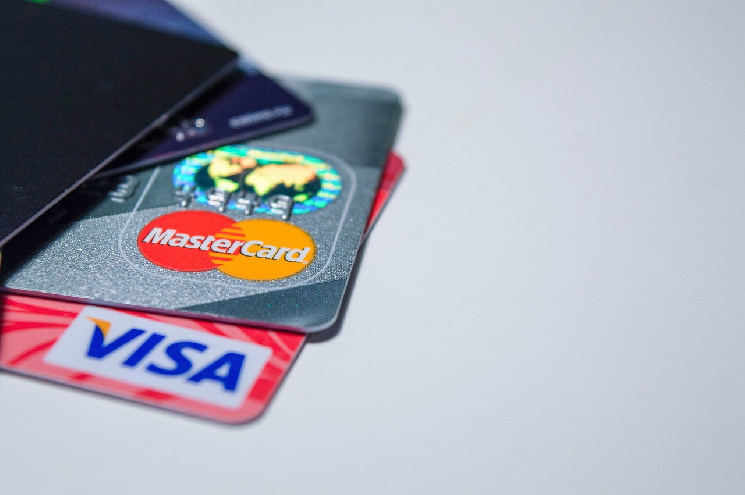- SWIFT and institutional products like FedNow have dominated the payments market, but with blockchain solutions from Ripple, Hedera and others gaining popularity, the end is nigh.
- Unlike SWIFT and FedNow, blockchain platforms are instant, have lower fees, are accessible 24/7, eliminate middlemen, and give users ownership of their data.
Global trade relies on efficient payment systems, and for decades, the same few players have dominated the sector. Despite their inefficiencies, the likes of SWIFT have been the go-to services for cross-border funds transfers. This is changing, and as Ripple, Hedera, Stellar, and other blockchain networks become more prominent, the legacy players face their most formidable challenge yet.
Trillions of dollars move globally daily—the global forex trading market alone accounts for over $6.6 trillion daily. Banks remain the most used avenue, a position they have enjoyed for several decades. Fintech startups have jumped on the map in recent times, but they still pale in comparison to the big banks.
However, banks face several challenges as they have refused to change. While you can send a message from one end of the world to another in seconds, transferring money takes at least three business days. Even worse, you’d have to wait longer if this falls on the weekend or a public holiday. All this is done at premium fees, with a World Bank study finding that citizens in most African countries have to part with about 8% of the money they receive from other countries, including their neighbours, as fees.
How these banks have maintained a chokehold on the payments systems is puzzling. However, all this could end as blockchain technology invades this almost impenetrable market to offer users the cheapest, fastest and most convenient solutions.
SWIFT vs Blockchain: Clash of the Titans
Unlike the SWIFT-reliant banks, blockchain technology offers users a new way to send value worldwide in seconds for a tiny fraction of the cost. Ripple’s XRPL, for instance, only costs 0.00001 XRP, or $0.0000055, to send any amount of money anywhere. To contextualize it, $1 could pay for 181,000 transactions on XRP. According to the UN, sending $200 by bank on average globally costs 6.5%, or $13.
Ripple, the blockchain payments firm which pushes for the adoption of XRPL in payments, has been working on partnerships that integrate the blockchain into existing systems.
“Since the start, Ripple focused on creating products that solve real problems for real customers. This evolution of Ripple Payments represents an extension of our long-running work to optimize the cross-border payment experience through transformative technology,” stated the company’s president, Monica Long.
It’s clear that banks are a dying breed in the face of the blockchain revolution. Cognizant of the potential of the technology, banks have been working on integrating blockchain. SWIFT, which faces the most significant threat, has been working to integrate various blockchains as it seeks to evolve and keep its place in the world of payments.
Read the full article here

